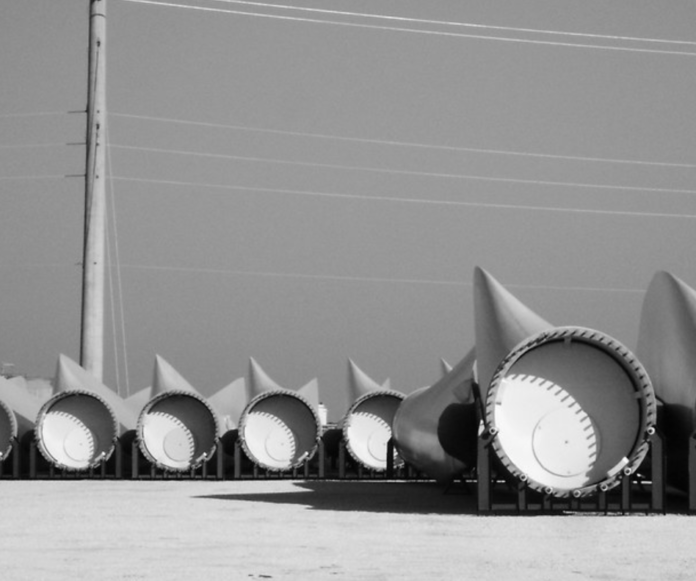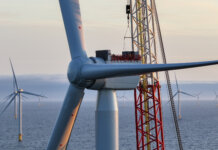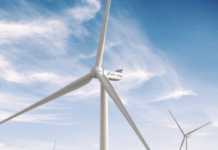Ørsted has committed to either reuse, recycle or recover all of the wind turbine blades in the company’s global portfolio of onshore and offshore wind farms upon decommissioning.
The commitment comes as a part of Ørsted’s new company strategy which includes an ambition to expand its sustainability position and as part of the work towards achieving a carbon-neutral footprint by 2040.
“We want to help create a world that runs entirely on green energy, and we want to do it in a sustainable way,” says Mads Nipper, CEO of Ørsted. “That includes moving towards more circular models where we reuse resources and save energy, thereby reducing carbon emissions. That is a big challenge, but we look forward to working on this challenge together with our supply chain.”
Today, between 85% and 95% of a wind turbine can be recycled, but the recycling of wind turbine blades remains a challenge as the blades are designed to be lightweight, yet durable – making them challenging to break apart. Consequently, most decommissioned blades are landfilled today. Should the challenge with recycling blades take longer to solve than anticipated, Ørsted will not use landfilling for decommissioned wind turbine blades but will instead temporarily store the blades.
In the coming decade, wind turbines will be deployed at an unprecedented pace, delivering renewable energy to industries and to several hundreds of million people, making it even more important to decommission the blades in a sustainable way.
Ørsted has so far constructed 7.5 GW of offshore wind and 1.7 GW of onshore wind. Up until now, Ørsted has only decommissioned the Vindeby offshore wind farm in Denmark where the blades from the 11 wind turbines were all reused. With Ørsted’s new strategic ambition of installing 30 GW of offshore wind and 17.5 GW of onshore energy production by 2030, the company says it has a clear responsibility to help find solutions to the challenge of recycling blades.
“Already today, power produced from offshore wind has 99% lower life cycle emissions than coal-fired power,” Nipper adds. “Our ambition is to offer our customers carbon-neutral renewable energy solutions with responsible use of resources, seen from a life cycle perspective. This requires decarbonizing our supply chain, and it involves moving to more circular models of resource use in the wind turbine supply chain.”
Ørsted says it is already contributing to advance the technologies that can recycle wind turbine blades in a sustainable way as a founding partner of the cross-sector DecomBlades consortium consisting of wind industry companies and research institutions. The consortium seeks to investigate and develop solutions to recycle the composite material in turbine blades.
Photo by Patrick Feller is licensed under CC BY 2.0




